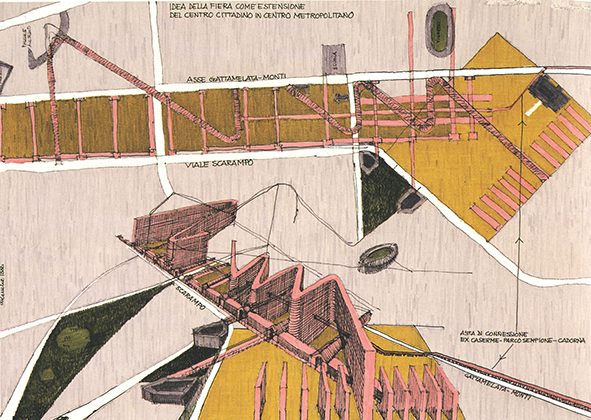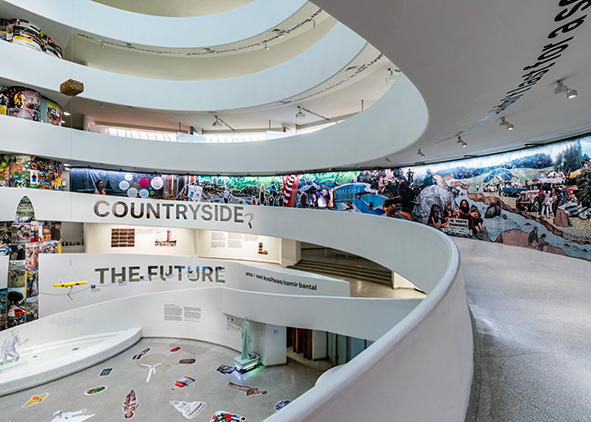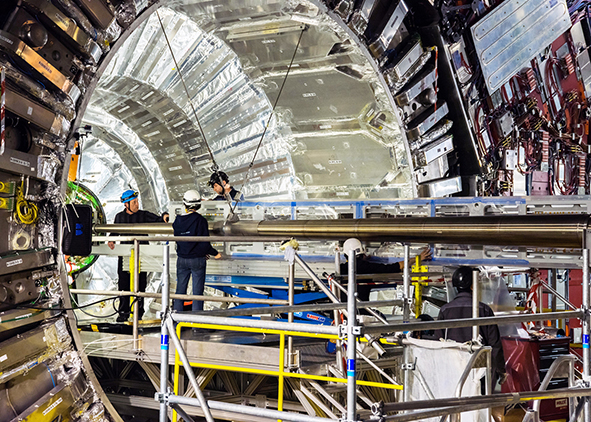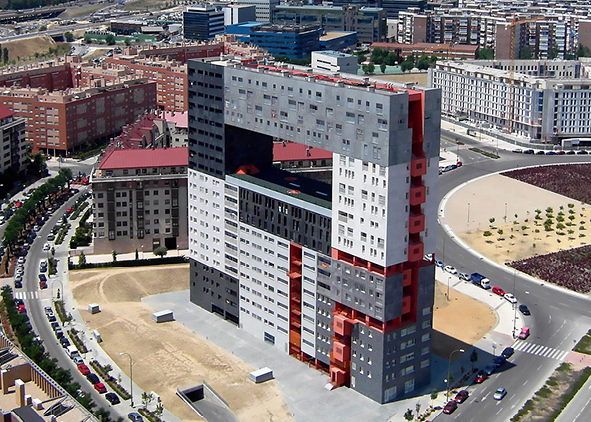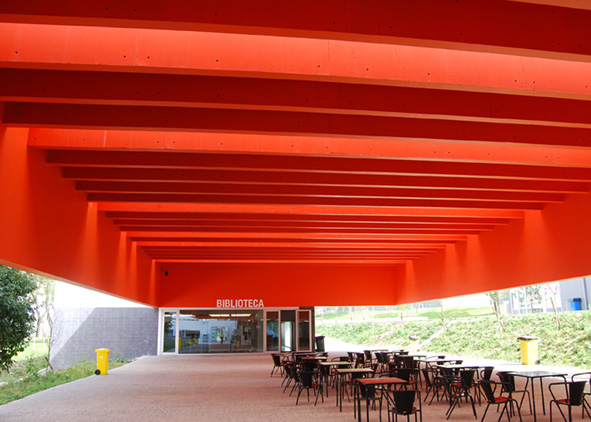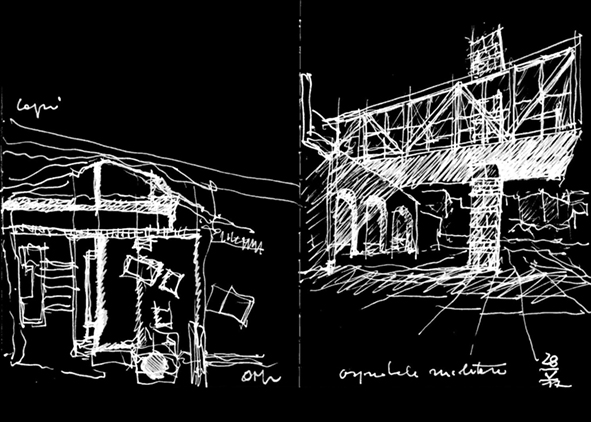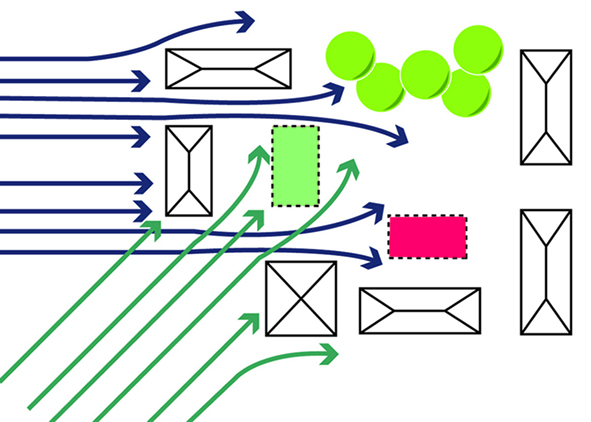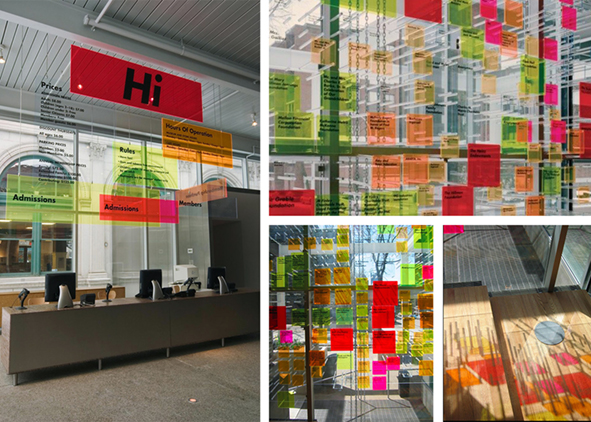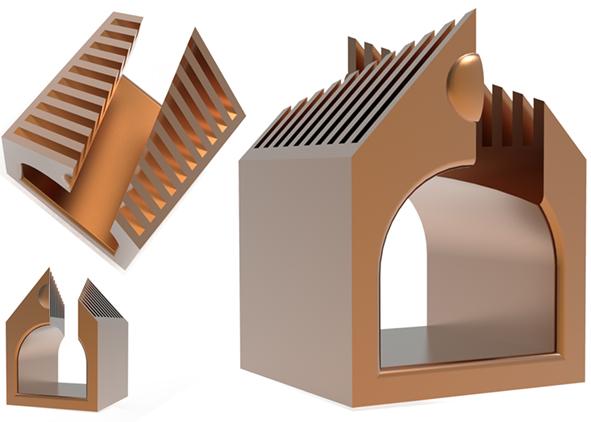
AGATHÓN
International Journal
of Architecture, Art and Design
ISSN (online) 2532-683X
ISSN (print) 2464-9309
Vol. 7 (2020): FROM MEGA TO NANO | THE COMPLEXITY OF A MULTSCALAR PROJECT

AGATHÓN issue number 7 is a collection of essays, studies, research and projects on the subject entitled ‘From Mega to Nano: the Complexity of a Multiscalar Project’, inextricably linked to the ever-increasing request of trans and multidisciplinarity of the project. The ability of ‘change of scales’, work on more different scales – multiscalarity – create new ones or change the meaning of the scales commonly accepted, it is common practice in the approach to the project and has always concerned architects, engineers, designers and artists for the multiple symbolic and real meanings of the size of a territory, a city, an architecture and an object. The concepts of scale and size are fundamental to link, in a systemic point of view, the detail with the big picture, the detail with the group, to interpret and represent, to discretize and recompose elements and parts that stand in a hierarchy or interconnection relation, to investigate the physical and social, to outline critical issues and potential, but especially to establish the importance of relational aspects between the group and its component as a way to understand their identity, their nature and organization, their regulation rules and the role played in different contexts, namely the fundamental elements to identify the form and structure of a territory, a city, an architecture and an object.
The concept of scale in Architecture regulates the size of the anthropic space, always keeping human dimension as reference. The choice of the scale inevitably becomes a conceptual selection of what the project actually wants to represent. When using multiscalar representation, we try to show the complexity of reality, by using as many regulation criteria and specific evaluations as we can, not only by describing its size and geometric aspects but most of all by significantly highlighting its qualitative aspects and those related to identity, culture and history. This means that there is not just one scale to represent a territory, a city, architecture, an object or a detail; however, in terms of a necessary multiscalarity, the project chooses the most fitting scale to develop practices, on a case-by-case basis. Therefore, logically the scale influences the project: thanks to the progress of technology in the field of design at all levels, it is probably the component of the project on which the designer works the most, simultaneously coordinating real and virtual relations; these relations do not end when the form is created, but continue over time and modify the management of the object’s complexity.
The essays and research published show that if measuring, using the scale as a tool, means understanding the things in the world by establishing some differences, therefore ‘off-size’ can be the basis for new theoretical assumptions in which both the infinitely large (mega) and the infinitely small (nano) contribute to defining crucial topics, such as environmental, social and economic sustainability, resilience, territory government, the idea of space, aesthetics, use, development of new products, services and materials, etc. Therefore, the multiscalar approach can be considered as an important design working tool that, in a systemic point of view, can foster the proposal of adequate strategies for action and planning of sustainable actions, developing new methods, working techniques and shared measurements, through well-considered hierarchies of priorities necessary to optimize the choices of the project and to determine the reliable cost/benefit balances (especially of environmental nature).
